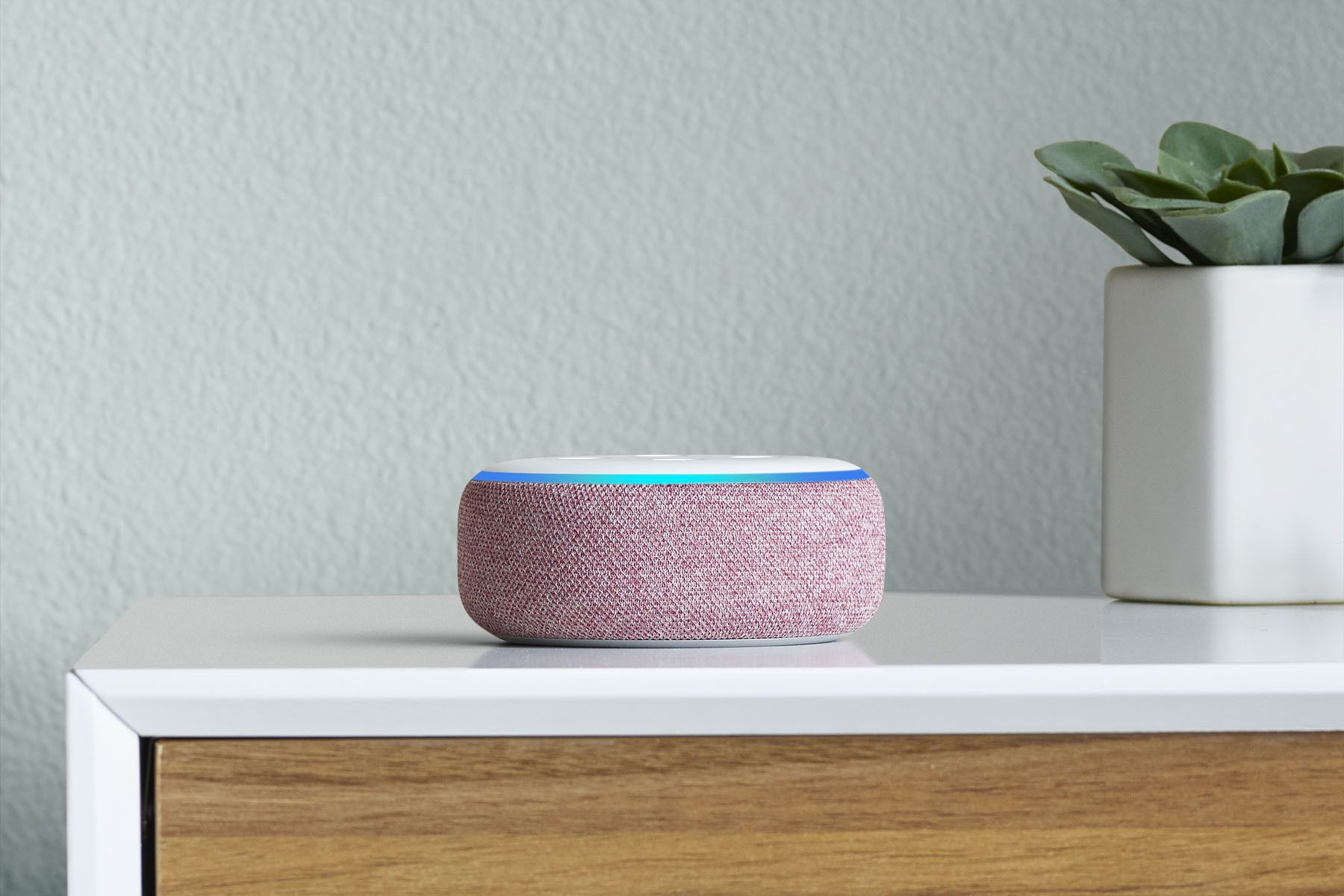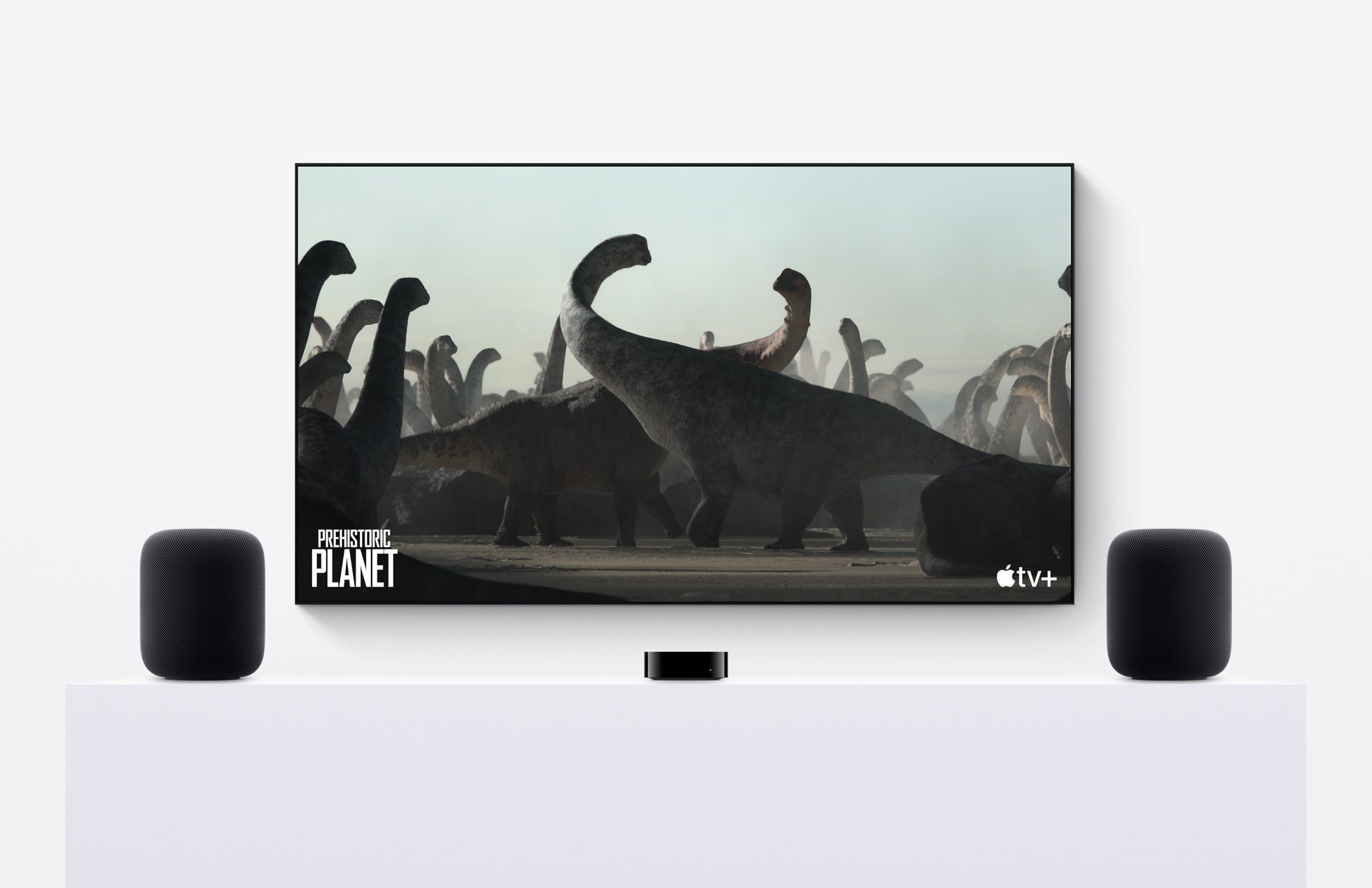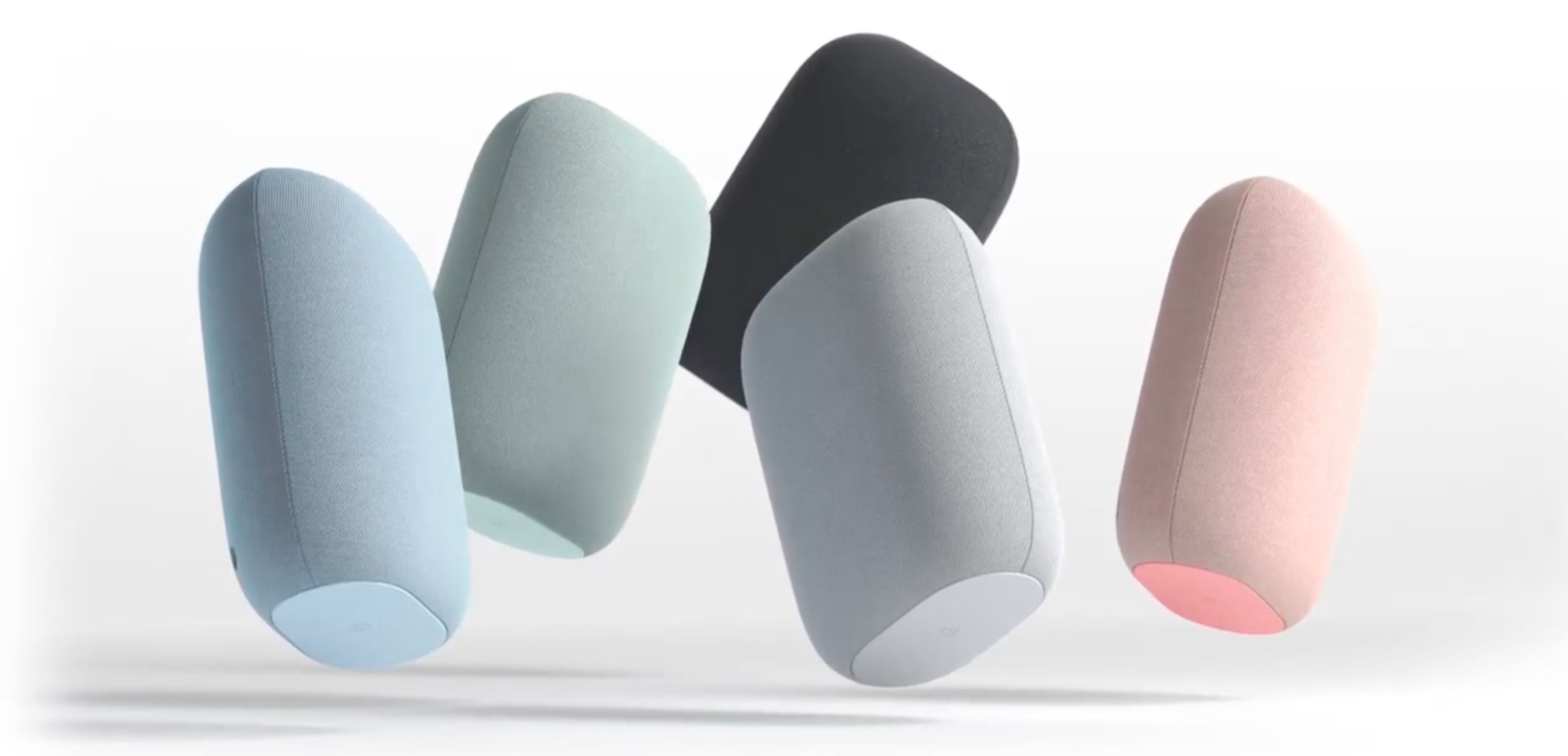Key Takeaways
- Amazon Alexa is flexible and compatible with many smart home devices but can be clunky and has no native smartphone support.
- Apple HomeKit provides top-notch security and privacy but is restricted to Apple devices and has a limited product selection.
- Google Home offers excellent voice assistant capabilities and device compatibility, but there are privacy concerns concerning Google’s data practices.
When it comes to creating a smart home, choosing an ecosystem is a big decision. There are three main competitors in this space: Amazon Alexa, Apple HomeKit, and Google Home. Each has its pros and cons, so let’s take a look at the advantages and disadvantages of each and how you can choose between them.
What Is a Smart Home Ecosystem?
Technically, you could create a smart home without getting involved in an ecosystem. You could just buy a bunch of devices, and use the companion apps for each to control them. However, if you went that route you’d be sacrificing a great deal in terms of what you can do and how easily you can do it.
Imagine you had to open the Philips Hue app to switch on your overhead living room lights, the Eve app to control your table lamp, the Ikea app to operate your bedroom lamp, the Hunter Douglas app to open your blinds, the Danalock app to lock your front door, and so on!
A smart home ecosystem lets you control your entire home using a single app and a single voice assistant.
Can You Mix and Match Ecosystems?
For the same reasons we want to use an ecosystem in the first place, the ideal setup is to ensure all your smart home devices are compatible with your chosen system.
However, real-world practicalities mean that there may need to be an occasional exception. For example, my chosen ecosystem is Apple’s HomeKit. When I chose the smart blinds for my apartment, HomeKit compatibility was promised but wasn’t available on day one.
For that reason, I bought a few of the cheapest Amazon Echo speakers so that I could use Alexa to control them. I still have one of these speakers in my kitchen as it’s the only one of the three ecosystems that can order products from Amazon and add items to the shopping list of my home grocery delivery company.
Amazon Alexa
Alexa is Amazon’s voice assistant and smart home ecosystem, and it’s controlled with an “Alexa” command (though some smart speakers allow you to change this to “Ziggy,” “Echo,” “Amazon” or “Computer”).
Pros
There are three main advantages to Alexa. First, it’s the most flexible of the three ecosystems in that almost every smart home device on the market supports it. That means you have free rein when it comes to choosing smart home products,. This is great as you can go for low-cost ones which aren’t compatible with other ecosystems.
Second, Alexa is technically the smartest of the three because it can understand more commands than either of the others. This is possible thanks to Alexa’s rich library of skills. There are literally tens of thousands of things Alexa can do. But there’s a big catch to this that we’ll get to in a moment.
Third, Alexa gives you the widest choice of smart speakers. You can choose from any Amazon speaker, as well as speakers from many other brands. This means you can buy really cheap-and-cheerful speakers to keep costs down, or at the other end of the scale you can find compatible speakers from premium audio companies like Bang & Olufsen, Bose, Denon, Naim, Sonos, and Yamaha.
Cons
From the above, you might be getting the impression that Alexa is the obvious choice, but it’s actually the system I’m least likely to recommend for a couple of reasons.
First, do you remember that big catch I mentioned? Alexa can’t do very much natively—almost all its smarts take the form of third-party skills which you have to manually add to the Alexa app. Once you have them installed, you have to remember the very specific phrasing required for that skill. For example, I can’t say “Alexa, add kitchen roll to my Ocado shopping list.” Instead, I have to first install the Ocado skill, and then use the specific phrasing “Alexa, ask Ocado to add kitchen roll to my shopping list.”
What makes it even worse is that many Alexa skills are low quality, so you may have to try several competing ones before you find one that works well. For public transit, I tried about four and then had to try to remember whether I should instruct Alexa to ask “London Transport” or “Transport in London” or “London Tubes” or “Tubes in London” or… well I gave up.
Once you’ve installed more than a handful of skills, remembering the correct trigger phrase quickly becomes a nightmare. Second, there’s no native Alexa support on your smartphone. Yes, you can install the Amazon Alexa app on your phone and use voice control from within the app, but that’s nowhere near the convenience of simply being able to use your phone’s native assistant like Siri or Google Assistant.
Verdict
Alexa seems superficially attractive, but its drawbacks far outweigh the benefits for most people. I would only use Alexa if you already have a home full of smart devices which aren’t compatible with the other ecosystems.
Apple HomeKit
HomeKit is the name given to Apple’s smart home ecosystem, and it’s controlled with a “Hey Siri” or just “Siri” command.
Pros
HomeKit offers four key benefits. First, the Home app is available across all Apple devices. You can control your home from an iPhone, iPad, Mac, Apple TV, Apple Watch, or HomePod speaker. If you have multiple Apple devices, this is a huge benefit.
Second, if you want smart home security cameras, HomeKit Secure Video is by far the best option, offering an unrivaled mix of privacy, smart features, and cloud storage value. Third, Apple offers what is arguably the most secure of the three ecosystems.
Whenever any Apple device sends an instruction to any HomeKit product, the communication is fully encrypted, and both ends of the communication are protected. Apple devices send a challenge to the smart home product saying “Prove you are HomeKit-approved before I will talk to you.” The product does that by sending a code. It then asks the device sending the instructions to prove that it is an Apple device, and it won’t accept any instructions until it has received this proof.
Finally, Apple is the most privacy-conscious of the three companies. All of your home data is stored directly on your devices, and Apple doesn’t run the web’s biggest advertising network or online store.
Cons
HomeKit is sometimes described as the Rolls-Royce of smart home ecosystems, and that implies not only quality but also cost, which means three downsides.
HomeKit can only be controlled by Apple devices. That either means you need a HomePod in every room, or everyone in the household has an iPhone or Apple Watch. HomeKit limits your choice of smart speakers to HomePod or HomePod mini. This can make it very expensive if you want smart speakers throughout your home, and they don’t support Bluetooth audio or wired input either.
Lastly, HomeKit is supported by fewer smart home products than either of the competing systems. HomeKit-compatible products tend to be biased toward the premium (and therefore more expensive) end of the market. This is gradually becoming less of an issue as the Matter standard takes off since any Matter-compatible device is automatically compatible with HomeKit too.
Verdict
HomeKit is the obvious choice if you’re an all-Apple household, and just as clearly unsuitable if you’re not.
Google Home
Google Home uses Google Assistant for voice commands, and is controlled with “Hey, Google” commands.
Pros
Google Home is the Goldilocks of smart home systems for many people.
It’s natively supported by Android smartphones, tablets and Wear OS smartwatches. If you have multiple compatible devices, this is a strong reason to choose the system. There’s also a reasonably wide choice of compatible speakers. Nowhere near as many as Alexa, but way more than two HomePods! These include Google Nest speakers, but also a range of higher-end speakers from JBL, Harman, and LG.
Third, Google is currently the smartest of the three voice assistants, able to understand a lot more context than either Alexa or Siri. For example, you can chain commands together, like “Ok, Google, dim the living room lights, and play Adele.” This is something Siri can’t yet do (though it is promised).
Cons
The main drawback of Google Home is that it’s, well, Google. The company makes its money by learning as much as possible about you and using that information to target you with ads. For example, unlike Siri’s on-device processing of voice commands, Google Home commands are sent to its servers, and the information is stored there. Google also says that it may use your voice commands to work out which ads to serve you.
Verdict
If your household is all-in on Android, Google Home will be the default choice, provided you’re happy with the business model.
Ultimately, most people’s choice of smart home ecosystem will be primarily determined by their smartphone.
However, you could choose to bypass the canned ecosystems altogether in favor of Home Assistant. This essentially lets you “roll your own” ecosystem. But while that has its fans, it’s not for the technologically faint-hearted!







